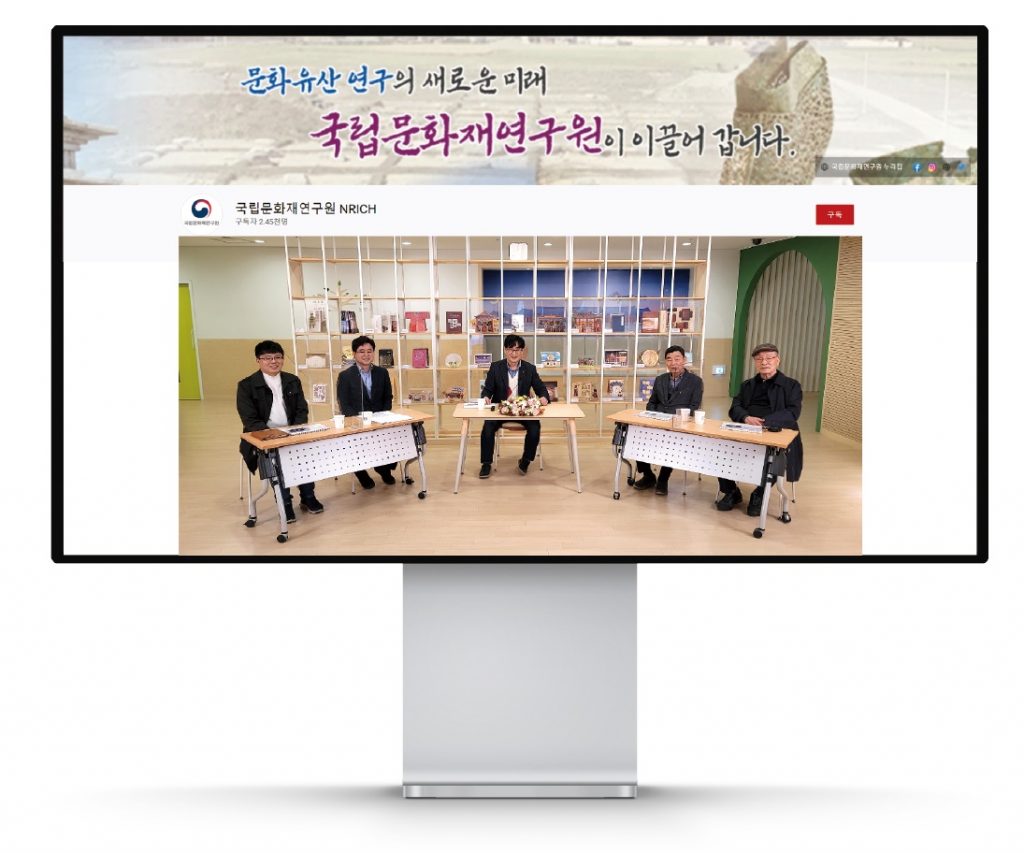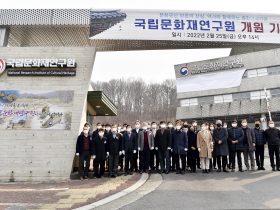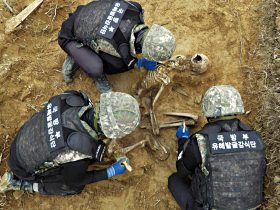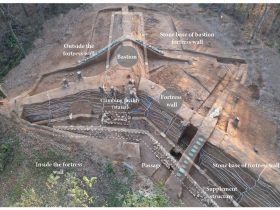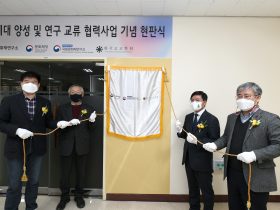On February 22, the NRICH announced the unveiling of a new video of the institute’s overseas excavation project commemorating the change of the institute’s Korean official name from “gungnim munhwajae yeonguso” to “gungnim munhwajae yeonguwon,” promoting the status of the institute. The video “Beginning of Overseas Excavation, Suchu Island in Russia and NRICH,” co-produced with the Institute of Korean Archaeology and Ancient History (IKAA) at Kyung Hee University to introduce the NRICH’s achievements overseas to the public, was released on the NRICH’s YouTube channel on February 25.
The NRICH and the IKAA signed an agreement on research exchange in June 2021 and have been cooperating on Northern Culture research and training professionals in archaeology. As part of the joint effort, the NRICH will release a series of videos on its overseas excavation projects, beginning with a Korea-Russia joint research in 1999. The first in the series is the NRICH’s first project abroad, the excavation and joint academic research on Suchu Island and the Bulochka Site in Russia. The video is in a talk show format, featuring researchers who took part in the excavations in Russia. Four experts who carried out the project spoke of their experience of visiting Russia with difficulties in communication from the beginning to their achievements in understanding the exchanges between ancient cultures of Eurasia. After the premiere on February 25, five more videos will be released in April, June, August, October and December of 2022. A trilogy on Suchu Island is planned in the first half of the year, with the second and third episodes focusing on the first excavation in Russia and the significance of the Suchu Island excavation now, respectively. A variety of materials and videos related to the overseas excavation will be included.
The NRICH hopes the video series to enhance understanding and interest on overseas archaeological excavations from the public. The institution plans to promote the result of its overseas joint projects in Mongolia and Kazakhstan, highlighting research on the common cultural heritage of humankind through various communication channels for easier understanding of the public.


